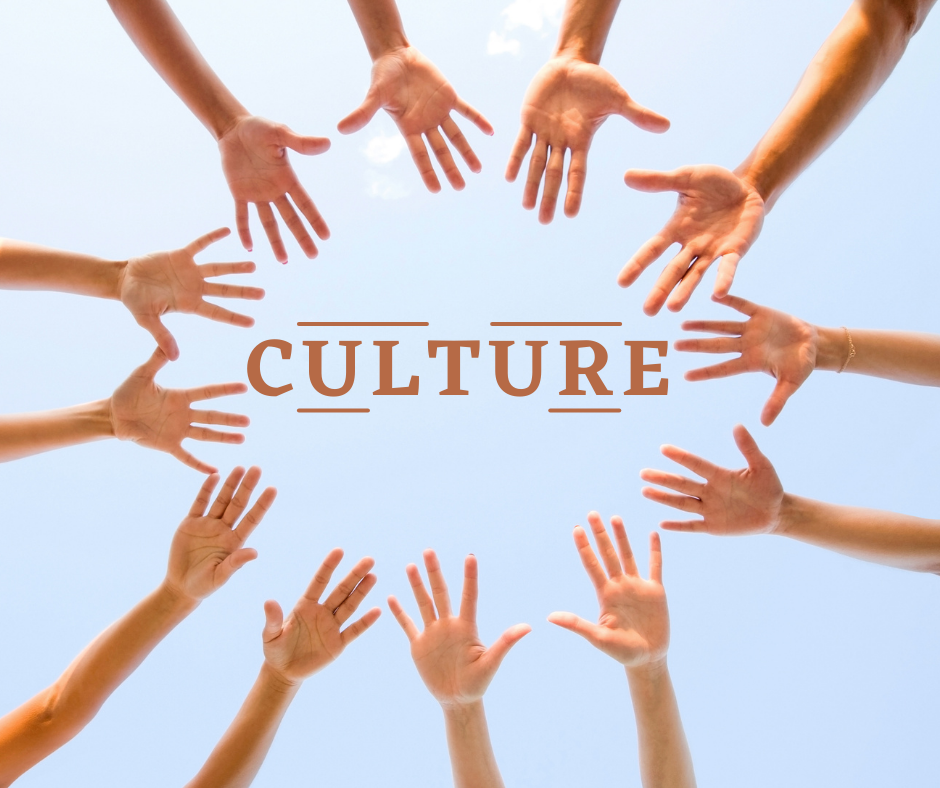Introduction
Cultural heritage—embodied in languages, rituals, architecture, and crafts—forms the backbone of collective memory and identity. However, as we enter a rapidly digitized era, the ways in which we preserve and share heritage are undergoing profound change.
The question is no longer whether tradition and innovation can coexist but how we can leverage technology to protect the past while inspiring the future.
1. The Enduring Value of Heritage
Heritage provides more than historical insight:
- Cultural Continuity: Links past generations with the present, strengthening community bonds.
- Economic Value: Heritage tourism and artisanal industries drive local economies.
- Inspiration for Innovation: Many contemporary design trends draw from traditional motifs and craftsmanship.
Preserving heritage is thus both a cultural duty and a strategic investment.
2. The Digital Transformation of Heritage
Technology has revolutionized how we document, preserve, and share cultural heritage:
- 3D Scanning and Printing: Digitally recording monuments enables restoration and virtual tourism.
- Virtual and Augmented Reality: Recreates historical sites and rituals for immersive learning.
- AI-Powered Restoration: Algorithms help reconstruct damaged artworks and manuscripts.
- Digital Archives: Ensure long-term access to fragile documents, audio, and video records.
These tools democratize heritage by making it accessible to global audiences.

3. Balancing Preservation and Innovation
The integration of heritage with technology also presents dilemmas:
- Authenticity vs. Modernization: Digital recreations may risk oversimplifying or altering historical accuracy.
- Commercialization Risks: Turning heritage into virtual commodities can undermine its cultural significance.
- Digital Divide: Unequal access to technology can exclude certain communities from participating in preservation efforts.
A thoughtful approach is needed to ensure innovation serves, rather than distorts, tradition.
4. Global Cooperation and Inclusive Practices
Heritage preservation in the digital age requires collaborative efforts:
- International Frameworks: UNESCO and other organizations promote ethical standards for heritage digitization.
- Community Engagement: Local voices must guide how their cultural heritage is represented.
- Cross-Disciplinary Teams: Historians, technologists, and policymakers must work together to bridge gaps between past and future.
5. A Forward-Looking Strategy
A sustainable strategy for heritage in the digital era must:
- Combine education and technology to engage younger generations.
- Use open-access platforms to democratize research and participation.
- Protect intangible heritage—such as oral traditions and performing arts—through innovative recording and storytelling methods.
Conclusion
The digital age challenges us to rethink the meaning of preservation. By treating technology as a partner rather than a threat, we can honor traditions while sparking new creativity.
This approach not only safeguards the richness of cultural heritage but also ensures its relevance and vitality for future generations.
















































